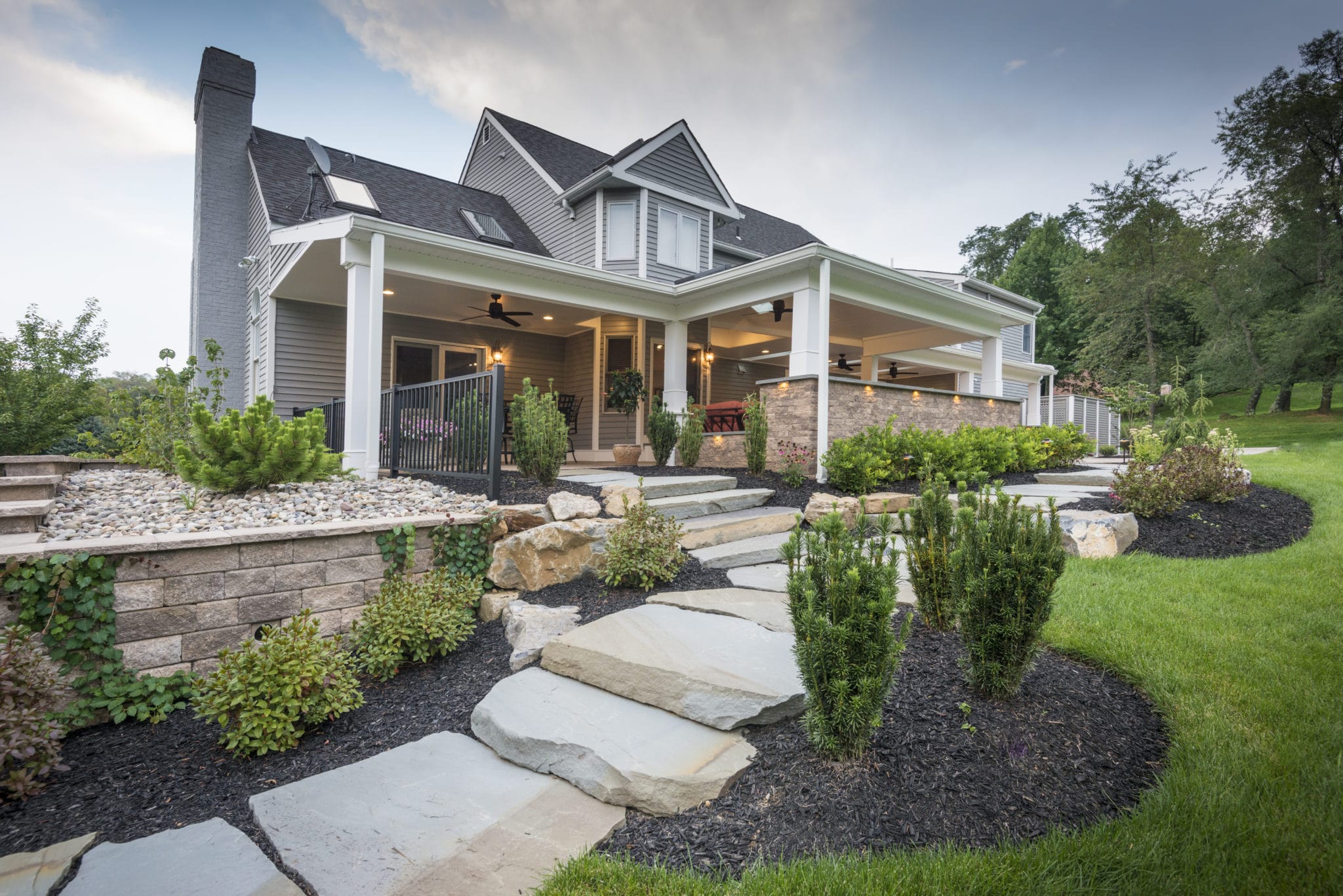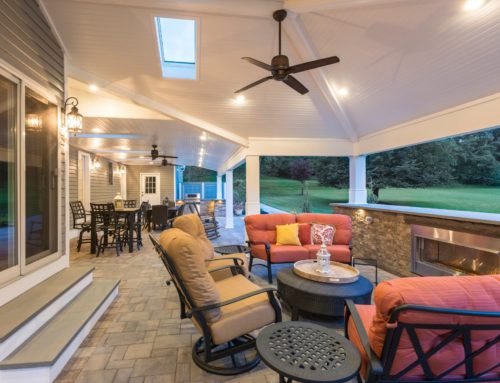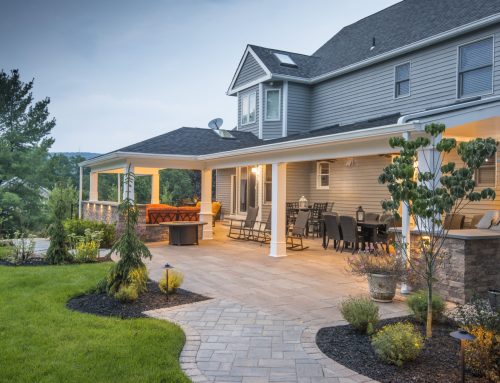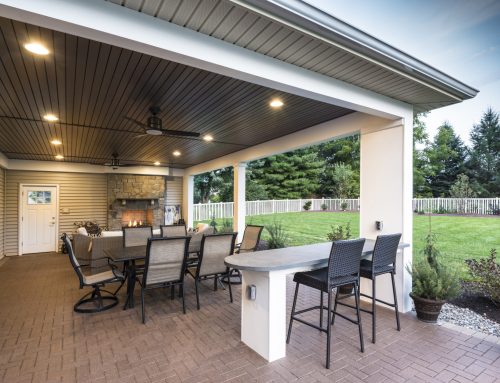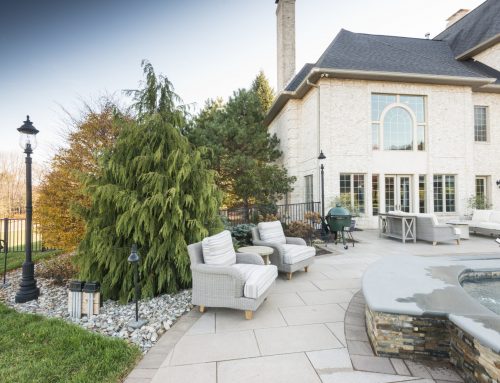Sometimes it’s hard to see the forest through the trees—even if the trees haven’t been planted yet. Visualizing the big picture of your yard as it matures is no easy task, which is why working with a landscaping contractor will help you get the most out of your yard not only today and tomorrow but in years to come.
1. Overplanting
Once the retaining wall has been built or the flowerbed has been shaped, there’s only one thing left to do: plant. It’s easy to become frustrated when staring at an empty patch of soil and feel the need to fill it as soon as possible.
When budgets are running tight and patience is running low, many people run out to nurseries and grab a ton of small and inexpensive plants to fill the space with. It looks good for a while, maybe even great. Then the plants grow and are larger than you anticipated, leaving you with an overcrowded flowerbed. The saying with perennials goes, “The first year they sleep, the second year they creep, and the third year they leap.”
What looks like a tidy and well-spaced bed today can turn into a bed you’ve lost control of in just a few months. When it comes to populating your flowerbed, less is often more.
2. Improper Plant Relationships
When deciding what to plant, you may be tempted to make your selections based on colors you like, names you recognize, or simply the amount of space that you need to cover, but beware: there is more to planting than just filling space with something eye-catching.
Plants, like people, have relationships—and, like with people, not all of them are positive. One example is the symbiotic-host relationship that is present with plants found in many gardens, where one plant serves as the host for a pest that attacks another plant. A common ailment is called Cedar Apple Rust, a destructive and disfiguring disease that plagues trees in the apple family. This also includes trees in the crab apple family, which are often selected as ornamental additions because of their versatile medium size and brilliant fall colors.
Meanwhile, another common garden choice is a ground covering evergreen shrub, which is in the juniper family. These shrubs provide a lot of color and texture to your yard with year-round enjoyment and functions as an effective carpet. Both are wonderful additions on their own, but the juniper harbors a pest that attacks the crab apple, leaving you with sick plants and an unsightly view.
A landscaping contractor is well versed in plant relationships and will design your yard so that all of your plants will not only look beautiful but flourish and thrive as well.
3. Unintentional Shade Struggles
Large trees are costly upfront, and many people opt for smaller trees that will eventually grow into the large trees that they desire. Smaller trees are often planted with ground cover underneath them, and for a while, both thrive because the tree is small and does not cast significant shade.
Five years later, the tree is a little bigger and, consequently, the ground cover is a little bit weaker under the canopy of the tree. By the time ten years have elapsed, the ground cover is dead and weeds are growing. The tree is big and beautiful, but now it’s an eyesore because ground cover couldn’t survive with the lack of sunlight. Even worse, it’s hard to establish anything new under the big tree because it doesn’t get any sunlight or water because of the tree’s tremendous roots.
Understanding the entire life cycle of what you’re planting as well as each plant’s needs and constraints for optimal growth is key to maintaining a healthy and manicured yard.


